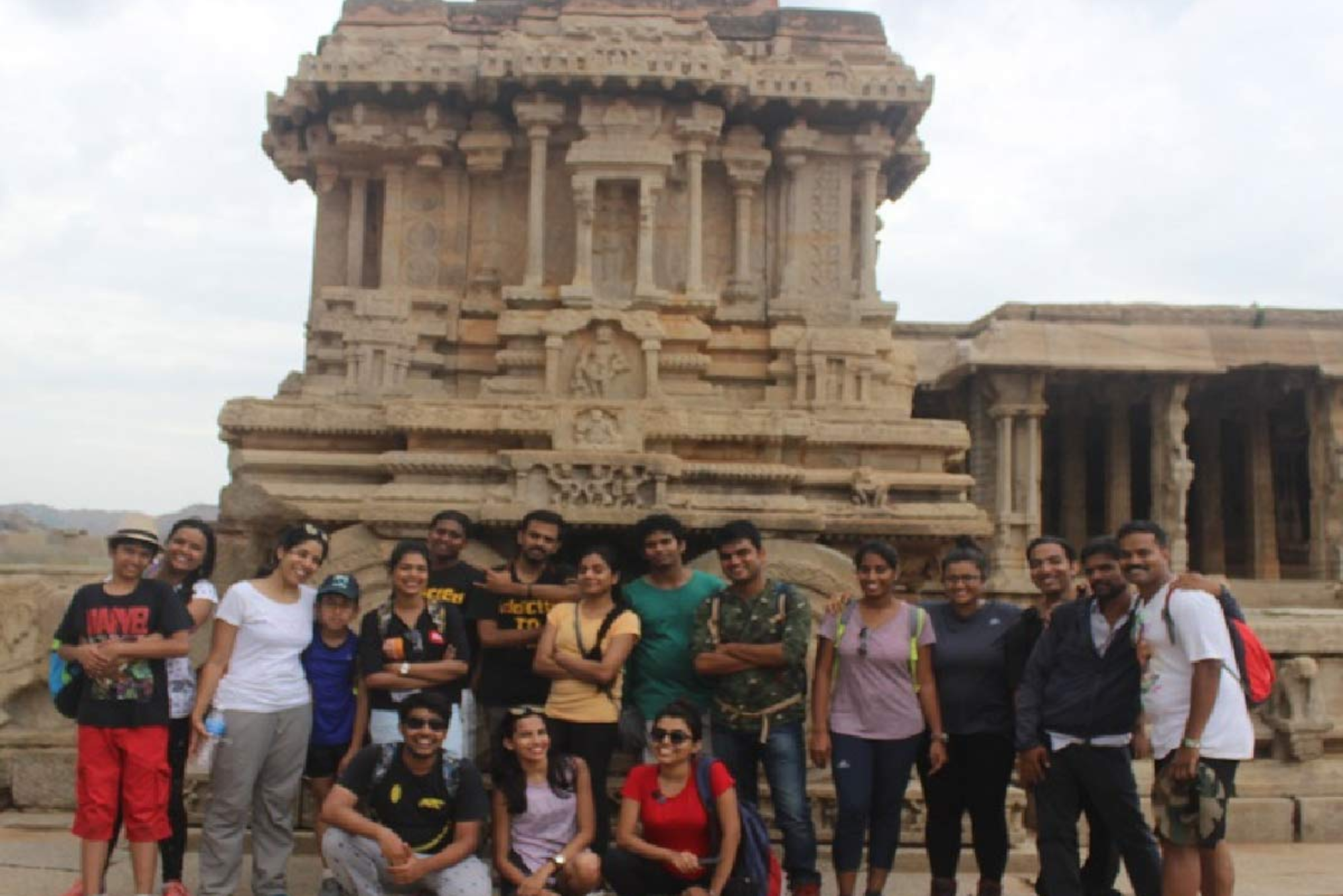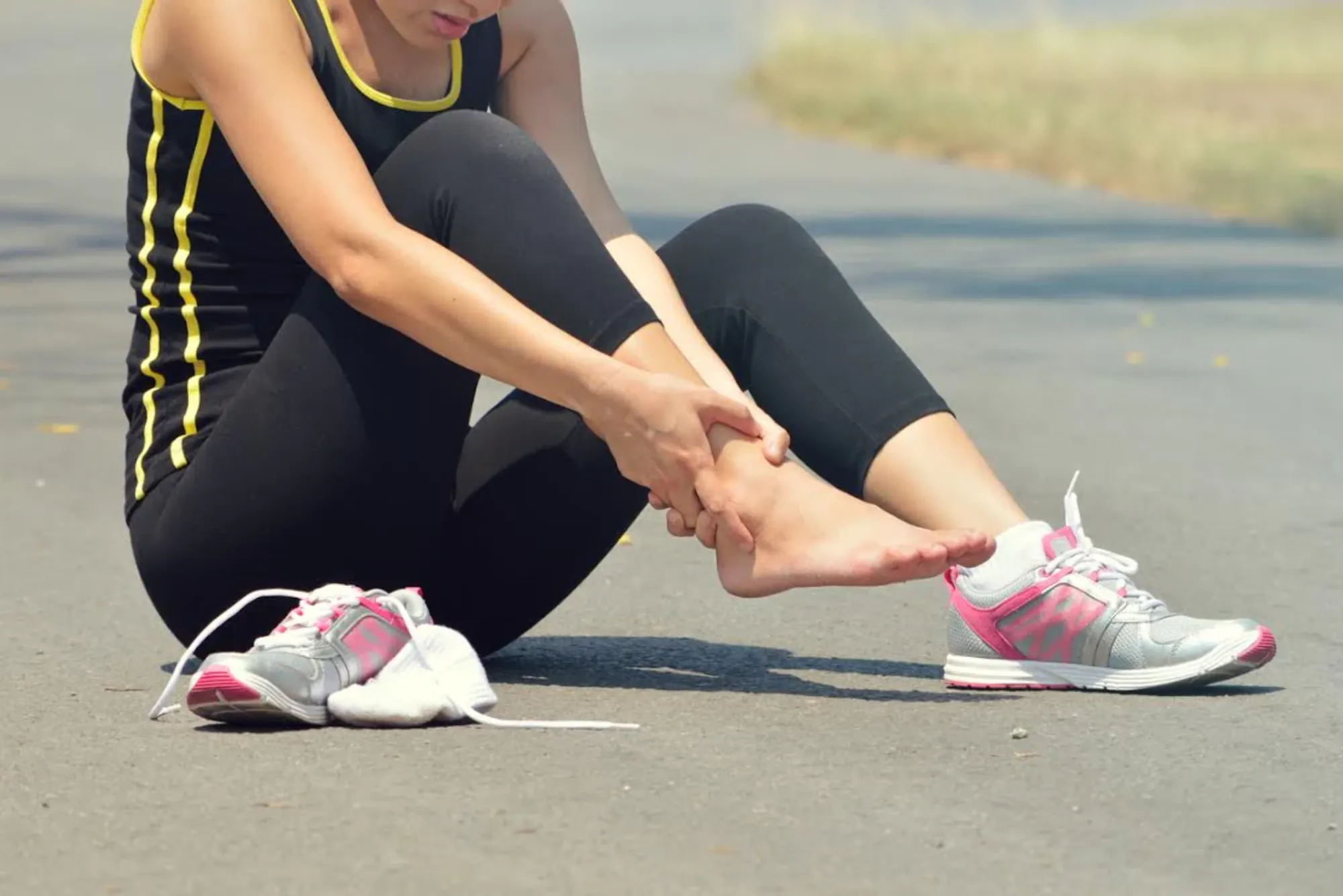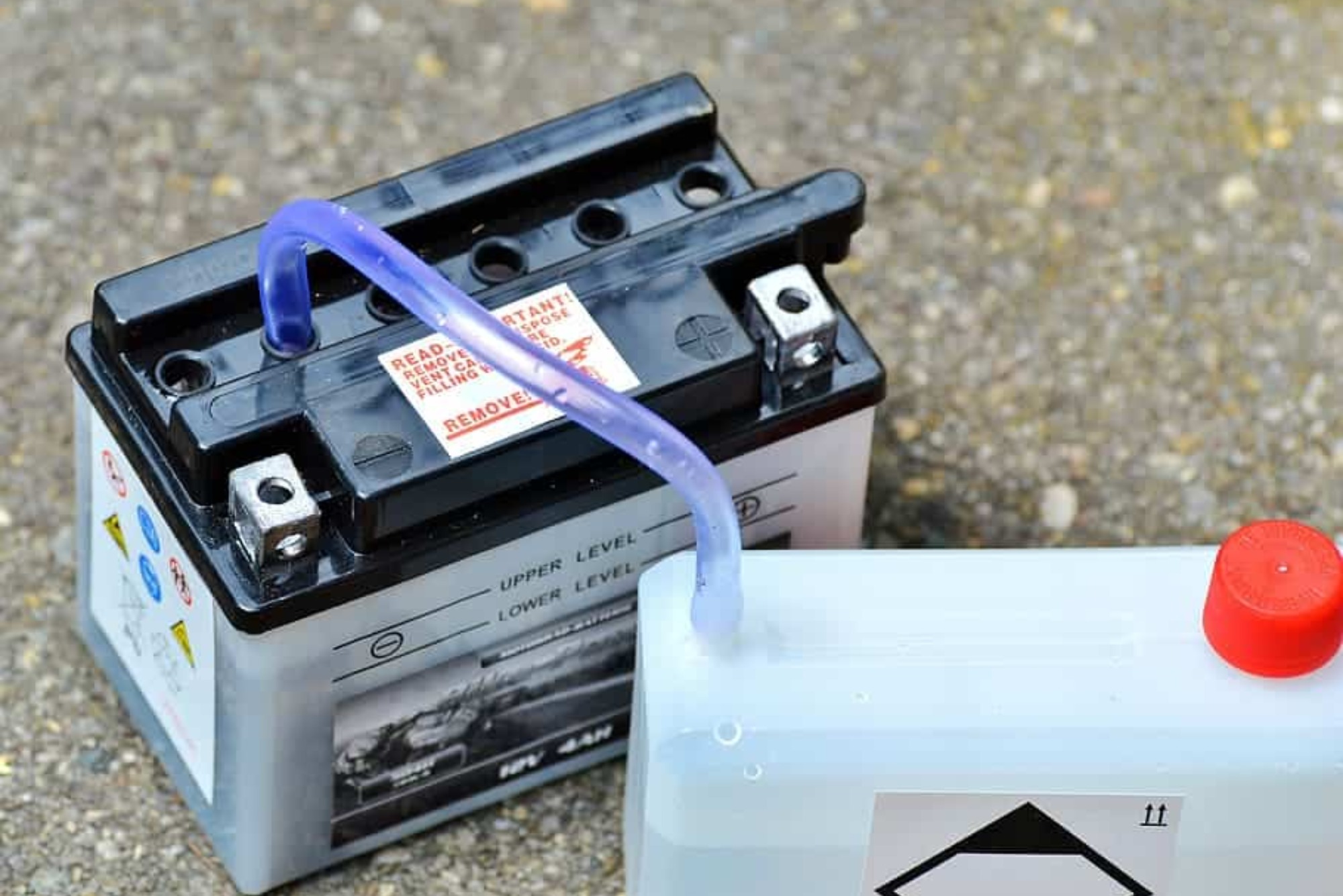Sports hernia, although often misunderstood, is a common injury among athletes. Despite its name, it is not a typical hernia involving a protrusion of tissue through a weakened area of the abdominal wall. Instead, it is a soft tissue injury in the groin area that can cause significant pain and discomfort, impacting athletic performance. Recognizing the signs and symptoms of a sports hernia and understanding the treatment options is crucial for athletes to ensure proper management and timely recovery.
What Causes a Sports Hernia?
Sports hernias are primarily caused by repetitive stress and strain on the muscles and tendons in the groin and lower abdominal area. Unlike traditional hernias, which involve a protrusion of tissue through a weakened abdominal wall, sports hernias result from soft tissue injuries that occur during athletic activities. The constant twisting, turning, and sudden changes in direction associated with sports such as soccer, hockey, football, and tennis can place excessive strain on the muscles and tendons surrounding the groin, leading to injury.
In the case of a sports hernia, the muscles and tendons in the groin region become weakened or torn due to overuse or trauma. This can occur gradually over time as a result of repetitive movements, or it may occur suddenly during a particularly strenuous activity. Factors such as inadequate warm-up, poor conditioning, muscle imbalances, and biomechanical issues can further increase the risk of developing a sports hernia.
Athletes who participate in sports that involve frequent kicking, twisting, or cutting motions are particularly susceptible to sports hernia. These activities place a significant amount of stress on the muscles and tendons in the groin area, making them more prone to injury. Additionally, athletes who engage in high-intensity training without proper rest and recovery may experience muscle fatigue and weakness, further predisposing them to sports hernias.
It’s important to note that while sports hernias are commonly associated with athletic activities, they can also occur in individuals who are not involved in sports. Activities that involve repetitive strain on the groin muscles, such as heavy lifting or manual labor, can also contribute to the development of a sports hernia.
Recognizing Symptoms
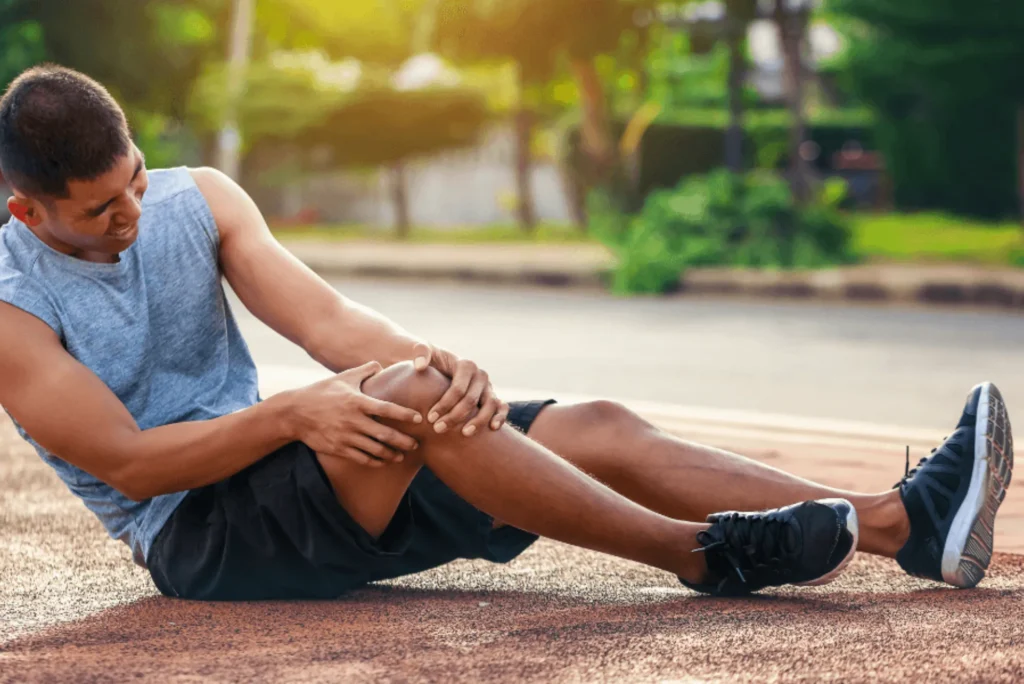
Recognizing the symptoms of a sports hernia is crucial for prompt diagnosis and treatment. While the condition shares some similarities with other groin injuries, understanding the specific signs associated with a sports hernia can help athletes seek appropriate care and avoid complications. At Al Reem Gym, athletes are encouraged to pay attention to their bodies and seek medical attention if they experience any of the following symptoms:
Persistent Groin Pain:
One of the hallmark symptoms of a sports hernia is persistent groin pain that worsens with physical activity and improves with rest. Unlike traditional hernias, which often present with a visible bulge or protrusion, sports hernias may not be immediately apparent upon physical examination.
Athletes may describe the pain as a dull, aching sensation in the groin or lower abdominal region. This discomfort may be exacerbated by activities such as running, cutting, or kicking, making it difficult to participate in sports or other physical activities.
Radiating Pain:
In some cases, the pain associated with a sports hernia may radiate to other areas of the body, such as the inner thigh or testicles. This can further complicate diagnosis, as the symptoms may mimic those of other conditions, such as groin strains or hip injuries.
Athletes experiencing radiating pain should seek evaluation by a medical professional to determine the underlying cause and appropriate course of treatment.
Impact on Athletic Performance:
A sports hernia can have a significant impact on an athlete’s performance and overall quality of life. Athletes may notice a decrease in their ability to perform certain movements or activities, such as sprinting, jumping, or changing direction.
Changes in gait or movement patterns may also occur as the body compensates for the injured area, leading to altered biomechanics and increased risk of secondary injuries.
Seeking Medical Evaluation:
If athletes experience persistent groin pain or other symptoms consistent with a sports hernia, it is essential to seek medical evaluation promptly. Delaying treatment can prolong recovery time and increase the risk of complications.
At Al Reem Gym, athletes have access to experienced sports medicine professionals who specialize in the diagnosis and treatment of sports hernias. Through a thorough evaluation, including a physical examination and diagnostic imaging tests such as MRI or ultrasound, clinicians can accurately diagnose the injury and develop a personalized treatment plan.
Treatment Options
When it comes to managing sports hernias, various treatment options are available, ranging from conservative measures to surgical intervention. The choice of treatment depends on the severity of the injury, the athlete’s symptoms, and their overall goals for returning to activity. At Al Reem Gym, a comprehensive approach to sports hernia treatment may include the following:
Rest and Conservative Measures:
In many cases, the initial approach to treating a sports hernia involves rest and conservative measures to alleviate pain and inflammation.
Athletes may be advised to avoid activities that exacerbate their symptoms and to modify their training routines to reduce strain on the injured area.
Ice therapy and anti-inflammatory medications may be recommended to help manage pain and swelling.
Physical Therapy:
Physical therapy plays a crucial role in the rehabilitation process for sports hernias. At Al Reem Gym, athletes receive personalized treatment plans designed to address their specific needs and goals.
Physical therapists focus on strengthening the muscles surrounding the groin and core, improving flexibility, and correcting any biomechanical imbalances that may contribute to the injury.
Therapeutic exercises, such as pelvic tilts, hip flexor stretches, and core stabilization exercises, are incorporated into the treatment plan to promote healing and restore function.
Surgical Intervention:
In cases where conservative treatment fails to provide adequate relief, surgical intervention may be necessary to repair the damaged tissues and restore stability to the groin area.
At Al Reem Gym, athletes have access to skilled orthopedic surgeons who specialize in sports hernia repair. Surgical techniques may involve repairing torn muscles and reinforcing the abdominal wall to prevent recurrence.
Following surgery, athletes undergo a structured rehabilitation program to gradually reintroduce physical activity and ensure a safe return to sports participation.
Rehabilitation and Recovery:
Rehabilitation is an essential component of sports hernia treatment, regardless of whether surgery is performed. At Al Reem Gym, athletes receive ongoing support and guidance from a team of experienced professionals throughout the recovery process.
Rehabilitation programs focus on gradually increasing strength, flexibility, and functional capacity while minimizing the risk of reinjury.
Athletes are educated on proper body mechanics and movement patterns to prevent future injuries and optimize performance on the field or court.
Unlocking the Efficiency of TVS Sport Mileage: A Comprehensive Guide
When it comes to navigating the bustling streets of urban landscapes or cruising along winding country roads, the importance of fuel efficiency cannot be overstated. Enter the TVS Sport Mileage, a two-wheeled marvel engineered to deliver exceptional fuel economy without compromising on performance. Whether you’re a daily commuter seeking to save on fuel costs or an enthusiast exploring the open road, the TVS Sport Mileage promises to be your trusted companion, offering unrivaled efficiency and reliability.
At the heart of the TVS Sport Mileage lies its cutting-edge engine technology, meticulously designed to optimize fuel consumption and deliver an impressive mileage that sets it apart from its competitors. Equipped with a refined powertrain and advanced combustion system, the TVS Sport Mileage achieves remarkable fuel efficiency without sacrificing power or performance. Whether you’re navigating congested city streets or embarking on long-distance journeys, rest assured that the TVS Sport Mileage will keep you moving forward while keeping fuel costs to a minimum.
But what exactly sets the TVS Sport Mileage apart from other commuter bikes on the market? The answer lies in its innovative engineering and thoughtful design features, all geared towards maximizing fuel efficiency and enhancing the overall riding experience. From its aerodynamic bodywork to its lightweight chassis, every aspect of the TVS Sport Mileage has been carefully crafted to minimize drag and optimize fuel consumption, ensuring that you get the most out of every drop of fuel.
Moreover, the TVS Sport Mileage boasts a host of features aimed at further enhancing its efficiency and convenience. With a responsive throttle and smooth transmission, maneuvering through traffic becomes a breeze, allowing you to conserve fuel without compromising on agility or performance. Additionally, its ergonomic seating position and intuitive controls ensure that long rides are comfortable and fatigue-free, allowing you to focus on enjoying the journey ahead.
But perhaps the most compelling aspect of the TVS Sport Mileage is its affordability. With rising fuel prices and increasing environmental concerns, finding a vehicle that offers both exceptional mileage and value for money can be a challenge. However, the TVS Sport Mileage rises to the occasion, providing an economical transportation solution that doesn’t break the bank. Whether you’re a budget-conscious commuter or a savvy traveler looking to stretch your fuel budget further, the TVS Sport Mileage delivers unparalleled value at an unbeatable price point.
Prevention Strategies
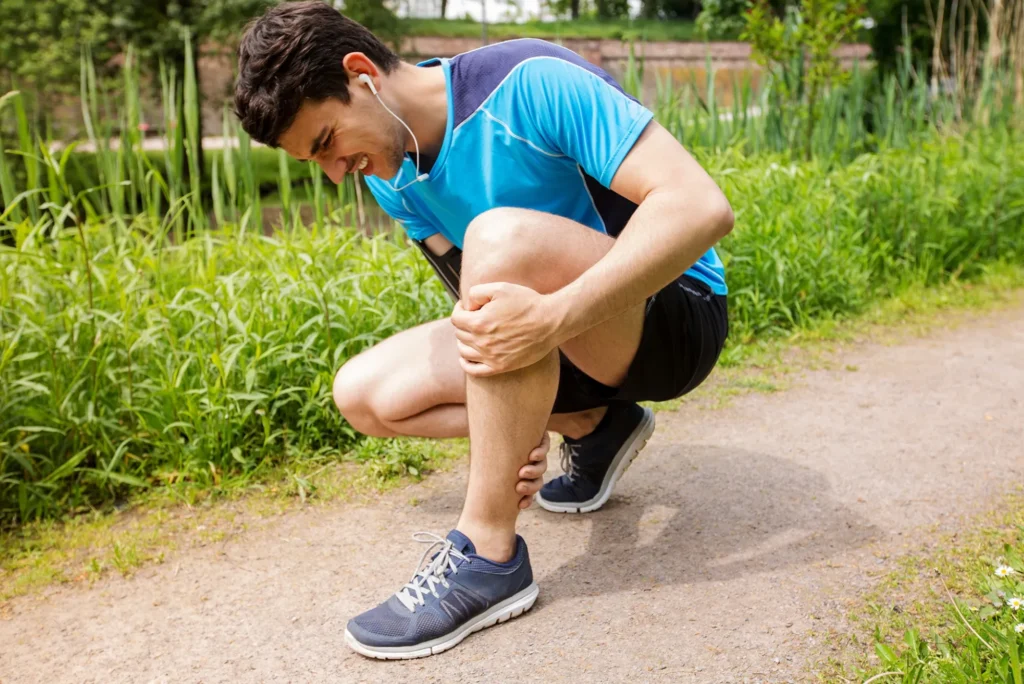
Preventing sports hernias involves implementing proactive measures to reduce the risk of injury and maintain optimal physical health. At Al Reem Gym, athletes are encouraged to prioritize injury prevention strategies as part of their training regimen. By incorporating the following prevention strategies, athletes can minimize the likelihood of developing a sports hernia and maximize their performance on the field or court:
Importance of Proper Warm-Up and Stretching:
A thorough warm-up routine is essential for preparing the body for physical activity and reducing the risk of injury. Prior to engaging in sports or exercise, athletes should perform dynamic warm-up exercises to increase blood flow to the muscles and improve flexibility.
Incorporating stretching exercises, particularly targeting the muscles of the groin, hips, and lower abdomen, can help enhance range of motion and prevent muscle strains. Static stretches, such as groin stretches and hip flexor stretches, can be beneficial for maintaining flexibility and mobility in these areas.
Strengthening Core and Hip Muscles:
Strengthening the core and hip muscles is key to providing stability and support to the groin area, reducing the risk of sports hernias. At Al Reem Gym, athletes have access to a variety of strength training exercises designed to target these muscle groups.
Core exercises such as planks, bridges, and Russian twists help improve core stability and control, while hip strengthening exercises such as clamshells, leg raises, and hip abductor exercises target the muscles surrounding the hip joint, enhancing stability and reducing the risk of injury.
Techniques for Reducing Risk During Physical Activity:
Proper technique and biomechanics are essential for minimizing stress on the groin muscles and preventing sports hernias. Athletes should focus on maintaining good posture, avoiding excessive twisting or overextension of the hips, and using proper body mechanics during sports and exercise.
Incorporating cross-training activities, such as swimming or cycling, into their training routine can help reduce the repetitive strain on the groin muscles associated with certain sports. Additionally, athletes should listen to their bodies and avoid pushing through pain or discomfort, as this can increase the risk of injury.
Education and Awareness:
Education plays a critical role in injury prevention, empowering athletes with the knowledge and tools they need to make informed decisions about their training and physical activity. At Al Reem Gym, athletes receive guidance on proper training techniques, injury prevention strategies, and the importance of listening to their bodies.
By raising awareness about the risk factors associated with sports hernias and providing resources for injury prevention, Al Reem Gym helps athletes take proactive steps to protect their health and well-being.
Sports hernias can be debilitating injuries that significantly impact an athlete’s performance and quality of life. By understanding the causes, symptoms, and treatment options for sports hernias, athletes can take proactive steps to prevent injury and seek timely medical care if needed. With proper rehabilitation and preventive measures, athletes can return to their sports activities with confidence and minimize the risk of recurrent injury.




